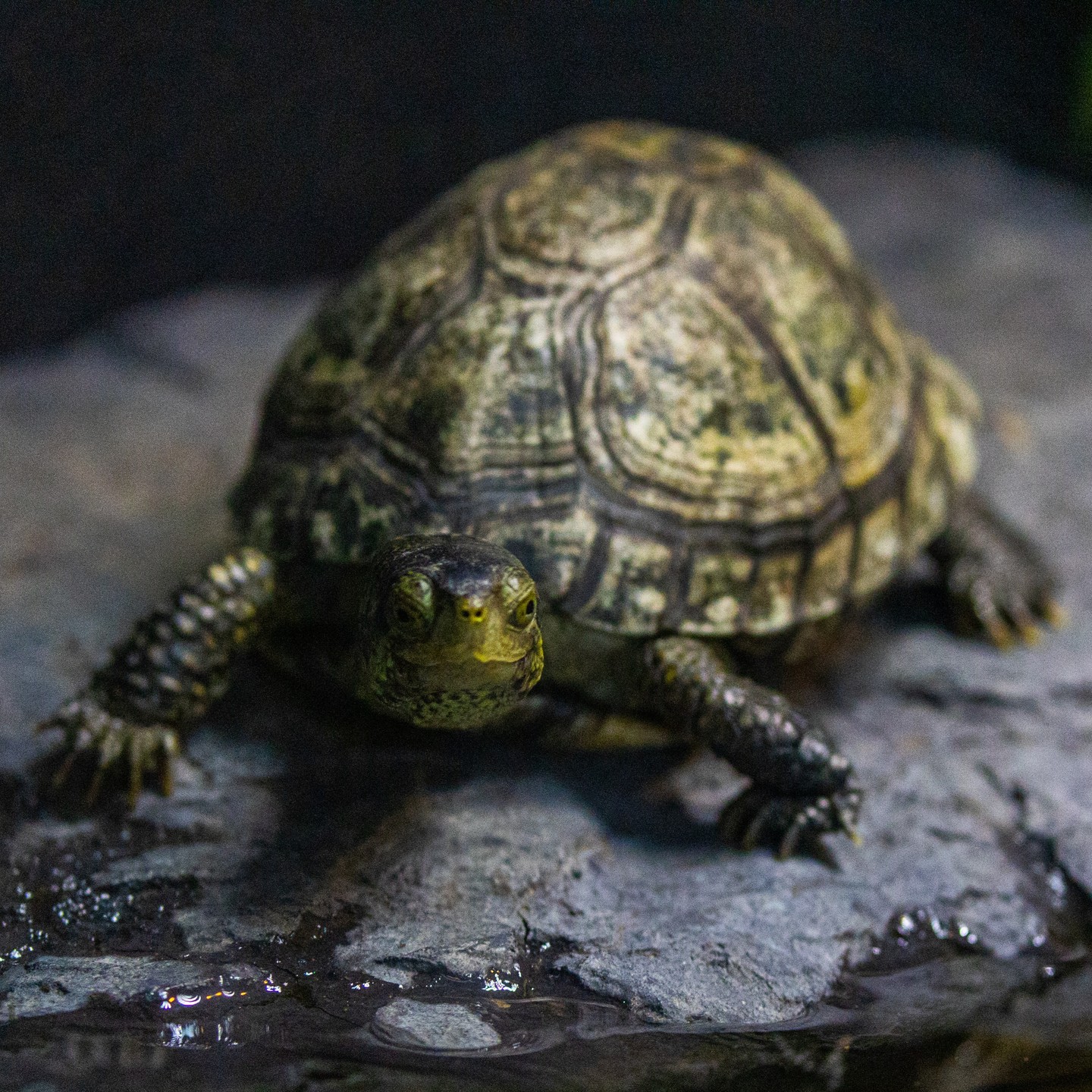- Overview of the Coahuila Box Turtle’s Habitats and Physical Characteristics
- Behavioral Patterns and Social Interactions in Captivity
- Conservation Efforts and Zoo Management Practices
- Importance of Public Awareness and Education
- Benefits of Virtual Engagement with Zoo Wildlife
The Coahuila box turtle is a fascinating species that offers captivating insights into reptilian biology and ecology. Known for its cheerful appearance, the Coahuila box turtle inhabits the wetlands and semi-aquatic environments primarily located in the Cuatro Ciénegas Basin in Coahuila, Mexico. This unique habitat supports a wide range of biodiversity, making it ideal for a turtle species that thrives in conditions that mix terrestrial and aquatic elements. Adapted to a life split between land and water, the Coahuila box turtle features a domed carapace, which provides protection from predators and the elements. Its feet are well-suited for swimming, further underlining this turtle’s versatility in adapting to its semi-aquatic surroundings.
The turtle’s morphological characteristics are distinguished by its olive to dark-brown shell, adorned with lighter streaks and patterns that help it blend into its environment. These distinct features not only serve as camouflage but also play a crucial role in thermoregulation, allowing the turtle to absorb sunlight efficiently. Unlike many of its turtle relatives, the Coahuila box turtle possesses a permanent "smile," a physical trait that endears it to many wildlife enthusiasts and zoo visitors alike.
In captivity, Coahuila box turtles exhibit fascinating behavioral patterns. Their social interactions are marked by a noticeable level of curiosity and investigative behavior. These turtles frequently navigate their enclosures, actively exploring their space and interacting with their surroundings. This engagement serves as both a form of physical exercise and mental stimulation, crucial for maintaining their overall health. Moreover, Coahuila box turtles often bask under artificial heat lamps, mimicking their natural inclination to soak up the sun’s warmth. These basking sessions are essential not only for their physiological health but also for their psychological well-being, providing moments of tranquility and routine in a controlled environment.
Zoos play a pivotal role in the conservation of the Coahuila box turtle. Given that their natural habitat is dwindling due to human encroachment, pollution, and climate change, focused efforts in zoos and aquariums are critical to ensuring the survival of this species. Zoo management practices involve creating and maintaining habitats that closely replicate the turtle’s natural ecosystem, providing both land and water elements to stimulate their natural behaviors. Dedicated teams engage in breeding programs aimed at increasing the population and genetic diversity of Coahuila box turtles, which are necessary steps toward preventing their extinction. This includes monitoring key health indicators, synchronizing breeding pairs, and facilitating the successful hatching of eggs.
Public awareness and education form an integral part of wildlife conservation efforts. Through engaging exhibits and interactive displays, zoos have the opportunity to educate visitors about the environmental challenges facing the Coahuila box turtle. Educators can highlight the importance of preserving wetland habitats, the measures taken to combat threats such as illegal trade, and why biodiversity is essential for our planet’s health. Educational programs target various age groups, tailoring messages that resonate with children and adults alike. By fostering a connection between visitors and the animals, zoos inspire individuals to become stewards of biodiversity, advocating for conservation initiatives within their communities.
Advancements in digital platforms have further expanded how people engage with the Coahuila box turtle and other wildlife. Virtual tours and live-streamed events enable global audiences to experience the wonder of zoo life from the comfort of their homes. This digital shift not only broadens access but also encourages a generation of tech-savvy individuals to participate in conservation efforts. Online communities and social media platforms become spaces for dialogue and learning, as fans of the Coahuila box turtle share videos, photographs, and factoids, brightening their feeds with smiles and knowledge. This virtual engagement serves as a modern tool, complementing traditional conservation and education methods, and reinforcing the connection between wildlife and people.
Through detailed exploration of the Coahuila box turtle, one gains a deeper appreciation for the importance of species conservation and the role that education plays in safeguarding our planet’s biodiversity. Using every engagement opportunity, whether in-person or online, we can contribute to the thriving legacy of creatures like the Coahuila box turtle, ensuring they continue to bring smiles and wonder to future generations.
*****
Source Description
Brightening your feed with a smiley Coahuila box turtle! ☺️🐢
(You can thank us later!)
Alt-text: Pictures of a Coahuila box turtle in its Rainforest Passage habitat at the Zoo. In the first picture, the little green turtle looks at us with its permanently smiling mouth pointed in our direction. In the second, it turns its head to the side as if to get a better look at us out of its left eye while still wearing a smirk.


